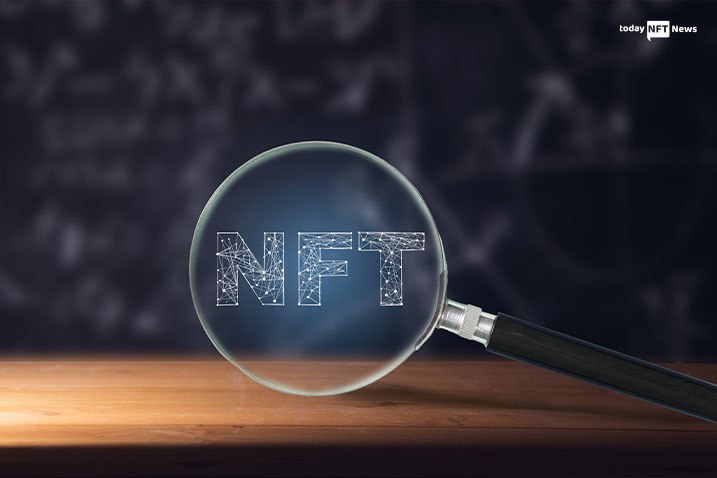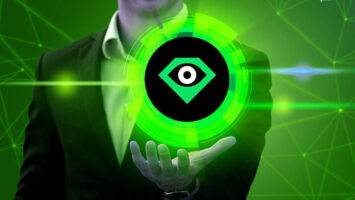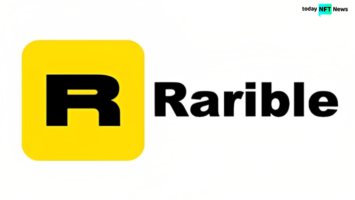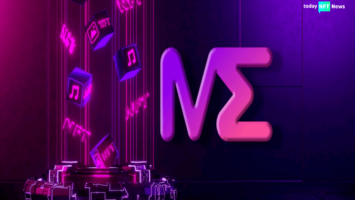SNEAK PEEK
- At NFT London, Boson Protocol disclosed that it had improved its NFT platform to allow users to trade real products in exchange for nonfungible tokens.
- Redeemable NFTs tokenize the right to receive a tangible asset within a specified time frame, as opposed to tokenizing actual physical products, according to the Boson Protocol website.
- A cutting-edge program called The Boson Protocol is encouraging the usage of blockchain technology.
Boson Protocol revealed at NFT London that it had updated its NFT platform, enabling users to trade actual goods in the form of nonfungible tokens that could be burned and exchanged for the goods themselves within a set time frame.
After years of research and development we can proudly present to everyone our v2 Boson Protocol🙌⚛️
Start your D-Commerce journey here:
👉 https://t.co/JLUA4CtPnO pic.twitter.com/OFnK2i8Gaz— Boson Protocol (@BosonProtocol) November 3, 2022
Buyers can then exchange, give as gifts, and transfer these NFTs without ever having physical possession of the product itself, much like a forward contract for a physical commodity that is written into smart contracts. On its website, Boson Protocol stated that “redeemable NFTs tokenize the right to receive a physical asset within a defined period, rather than tokenizing physical goods themselves.”
The Boson Protocol is a cutting-edge initiative that is promoting the use of blockchain technology. The goal of Boson is to transform the current centralized systems into decentralized ones, claims a group of bitcoin experts. And the transformation of the current centralized e-commerce organization would be a key component of this revolution. Therefore, the Boson protocol may alter how people acquire and sell products and services.
The basic technological principles of the Boson protocol are both comparable to and distinct from those of blockchain technology. The platform is unmistakably user-oriented and continues to work on its development to speed up and reward transactions on its network.
The website will focus on high-end products. Co-founder Justin Banon said, “We have several projects where they’re tokenizing expensive wine and luxury whiskey. “Those sorts of products would create a commodities market for luxury whiskey,” he continued, “someone will obtain a redeemable NFT that they may retain or trade for five or ten years while the whiskey ages.”
Banon also sees NFTs as a method to group various goods, such as digital twins, which are tangible objects that also exist as wearables in the metaverse. An example of a digital twin is a physical t-shirt. If you go to a football game with a ticket, a shirt that can be redeemed, and a token that gives you access to a digital download of the game, “He gave an illustration. “It’s a method for assembling collections of digital, tangible, and experienced items,” the speaker continued.









